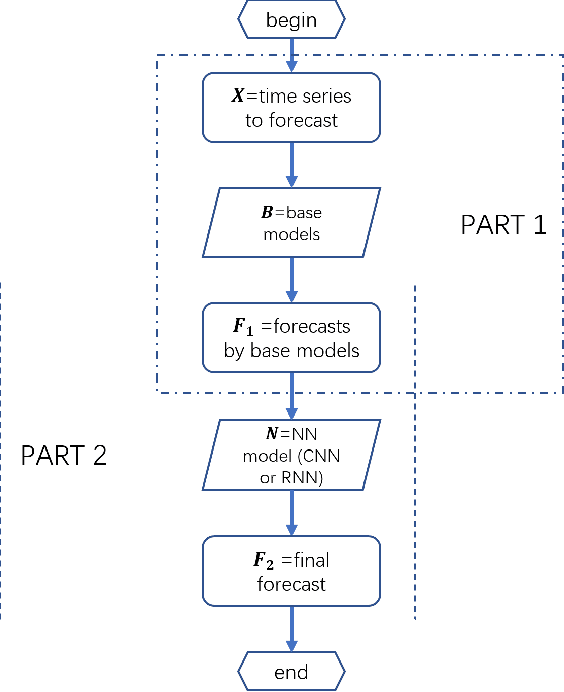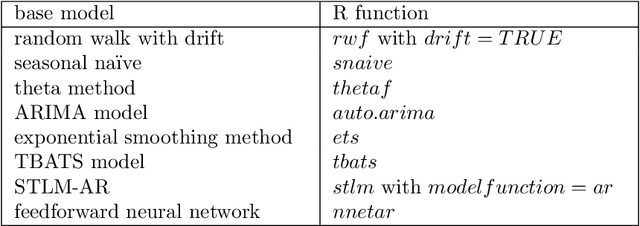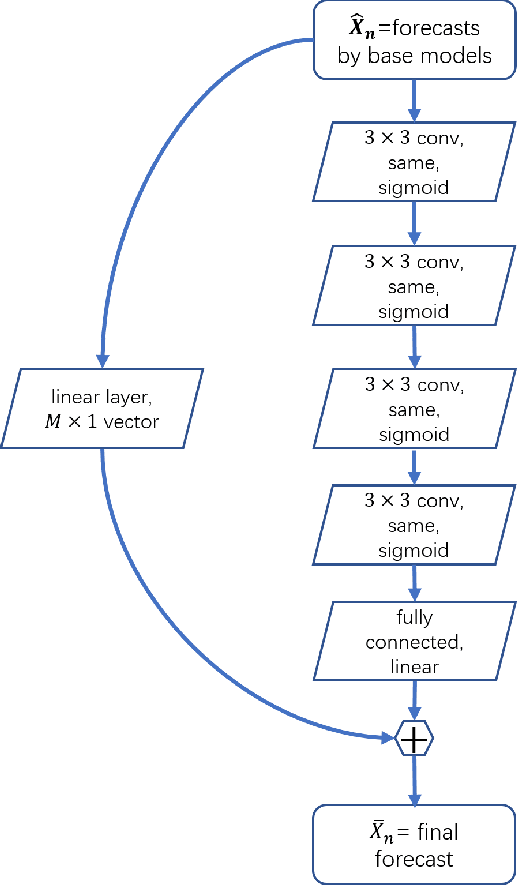Shi Zhao
Efficient, gigapixel-scale, aberration-free whole slide scanner using angular ptychographic imaging with closed-form solution
Jul 29, 2024



Abstract:Whole slide imaging provides a wide field-of-view (FOV) across cross-sections of biopsy or surgery samples, significantly facilitating pathological analysis and clinical diagnosis. Such high-quality images that enable detailed visualization of cellular and tissue structures are essential for effective patient care and treatment planning. To obtain such high-quality images for pathology applications, there is a need for scanners with high spatial bandwidth products, free from aberrations, and without the requirement for z-scanning. Here we report a whole slide imaging system based on angular ptychographic imaging with a closed-form solution (WSI-APIC), which offers efficient, tens-of-gigapixels, large-FOV, aberration-free imaging. WSI-APIC utilizes oblique incoherent illumination for initial high-level segmentation, thereby bypassing unnecessary scanning of the background regions and enhancing image acquisition efficiency. A GPU-accelerated APIC algorithm analytically reconstructs phase images with effective digital aberration corrections and improved optical resolutions. Moreover, an auto-stitching technique based on scale-invariant feature transform ensures the seamless concatenation of whole slide phase images. In our experiment, WSI-APIC achieved an optical resolution of 772 nm using a 10x/0.25 NA objective lens and captures 80-gigapixel aberration-free phase images for a standard 76.2 mm x 25.4 mm microscopic slide.
One-Pot Multi-Frame Denoising
Feb 18, 2023Abstract:The performance of learning-based denoising largely depends on clean supervision. However, it is difficult to obtain clean images in many scenes. On the contrary, the capture of multiple noisy frames for the same field of view is available and often natural in real life. Therefore, it is necessary to avoid the restriction of clean labels and make full use of noisy data for model training. So we propose an unsupervised learning strategy named one-pot denoising (OPD) for multi-frame images. OPD is the first proposed unsupervised multi-frame denoising (MFD) method. Different from the traditional supervision schemes including both supervised Noise2Clean (N2C) and unsupervised Noise2Noise (N2N), OPD executes mutual supervision among all of the multiple frames, which gives learning more diversity of supervision and allows models to mine deeper into the correlation among frames. N2N has also been proved to be actually a simplified case of the proposed OPD. From the perspectives of data allocation and loss function, two specific implementations, random coupling (RC) and alienation loss (AL), are respectively provided to accomplish OPD during model training. In practice, our experiments demonstrate that OPD behaves as the SOTA unsupervised denoising method and is comparable to supervised N2C methods for synthetic Gaussian and Poisson noise, and real-world optical coherence tomography (OCT) speckle noise.
For2For: Learning to forecast from forecasts
Jan 14, 2020



Abstract:This paper presents a time series forecasting framework which combines standard forecasting methods and a machine learning model. The inputs to the machine learning model are not lagged values or regular time series features, but instead forecasts produced by standard methods. The machine learning model can be either a convolutional neural network model or a recurrent neural network model. The intuition behind this approach is that forecasts of a time series are themselves good features characterizing the series, especially when the modelling purpose is forecasting. It can also be viewed as a weighted ensemble method. Tested on the M4 competition dataset, this approach outperforms all submissions for quarterly series, and is more accurate than all but the winning algorithm for monthly series.
 Add to Chrome
Add to Chrome Add to Firefox
Add to Firefox Add to Edge
Add to Edge